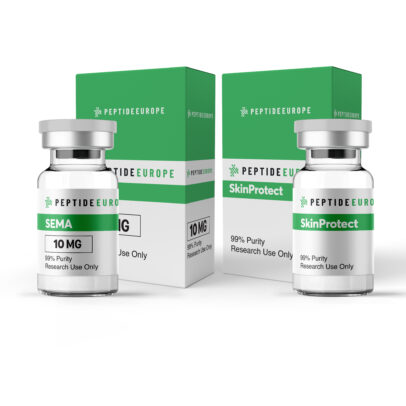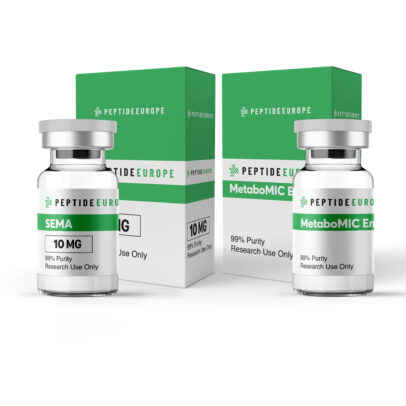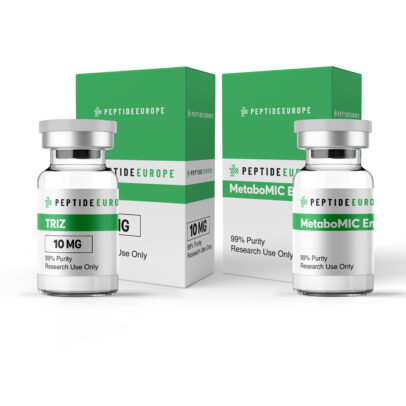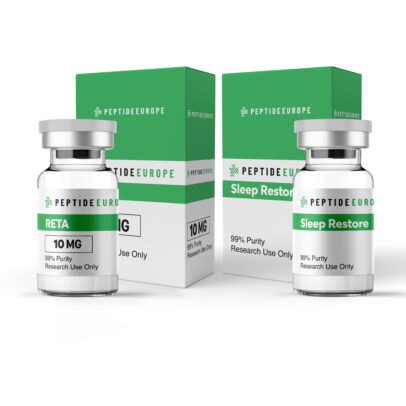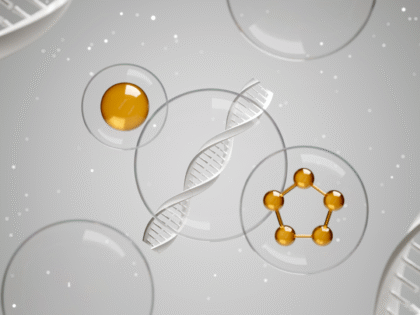Salmonella – symptoms, causes and effective prevention
-
PepEurope
- Posted on
- 0 comments
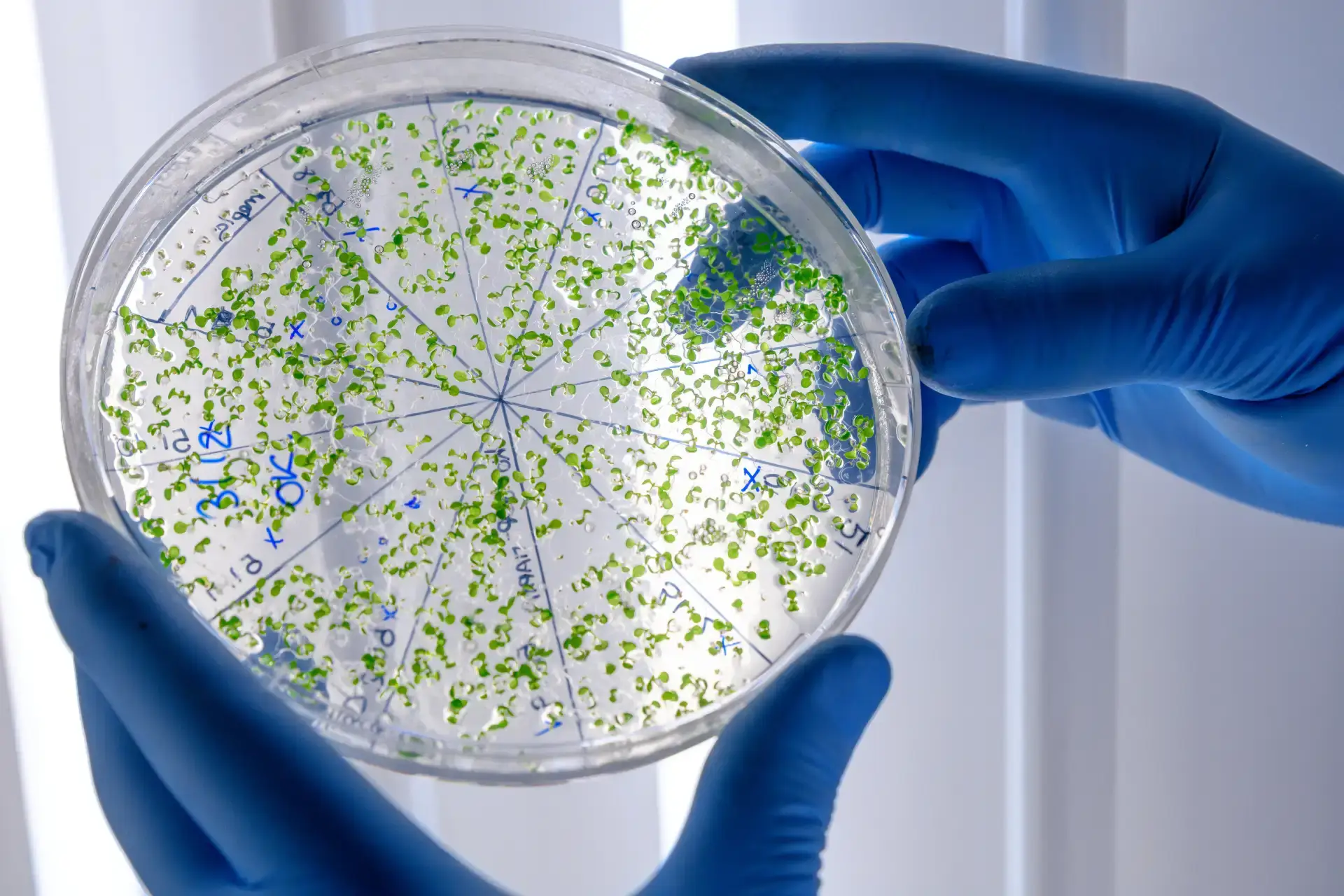
Salmonella: What You Should Know – Especially If You Eat Fresh Fruit Like Strawberries
You've probably heard the word 'Salmonella' in the news or during conversations about food safety. But what is it really? How does it affect your health, and how could something as innocent as a strawberry be linked to it?
In this article, you'll find everything you need to know about Salmonella – from symptoms and causes to prevention tips and how to stay safe when eating fresh fruit.
What is Salmonella?
Salmonella is a type of bacteria that can cause an infection known as salmonellosis. It is one of the most common causes of foodborne illness worldwide. The bacteria usually live in the intestines of animals and humans and are excreted in feces. Infection most often occurs through the consumption of contaminated food or water.
Infection can occur from eating raw or undercooked meat, eggs, dairy products, or vegetables and fruits that have been in contact with contaminated water or soil. There are more than 2,000 strains of Salmonella, but only a few are responsible for most human infections.
Sema Beauty & Slim (weight control / healthy skin)
Sema Metabolic Boost (Appetite / Metabolism / Energy)
Metabolic Boost Duo (Appetite Suppression / Energy / Metabolism)
Sleep and Slim Pack (weight control / sleep regeneration)
How does Salmonella affect the body?
When someone consumes food or water contaminated with Salmonella, the bacteria begin to multiply in the intestines. For most people, symptoms appear within 6 to 72 hours of infection, and the illness usually lasts 4 to 7 days.
Typical symptoms include:
- Nausea
- Abdominal cramps
- Diarrhea, sometimes with blood
- Fever
- Vomiting
- Headaches and muscle pains
Most healthy people recover without treatment, but salmonella can be more serious in infants, the elderly, and those with weakened immune systems. In rare cases, the bacteria can pass from the intestines into the bloodstream, causing serious complications.
The Link Between Strawberries and Salmonella
While meat and eggs are usually the main sources of contamination, fresh fruit such as strawberries can also carry Salmonella. This is surprising to many people, since strawberries are considered healthy and safe. However, contamination can occur at various points in the supply chain.
Strawberries can become contaminated if they are grown in fields irrigated with contaminated water, fertilized with untreated animal manure, or harvested using uncleaned equipment. Because they are typically eaten raw, there is no cooking process that kills harmful bacteria. That is why it is so important to wash them thoroughly before eating.
Sema Beauty & Slim (weight control / healthy skin)
Sema Metabolic Boost (Appetite / Metabolism / Energy)
Metabolic Boost Duo (Appetite Suppression / Energy / Metabolism)
Sleep and Slim Pack (weight control / sleep regeneration)
What to eat if infected?
If you or someone you know becomes infected with Salmonella, the most important step is to stay hydrated. Salmonellosis often leads to diarrhea and vomiting, which cause fluid loss.
During your recovery, it is best to eat easily digestible, mild foods such as:
- Toast, rice, boiled potatoes or plain pasta
- Bananas or applesauce
- Clear broth or mild soups
- Crackers
- Yogurt with probiotics (if well tolerated)
You should avoid fatty or spicy foods, dairy products (if it worsens your symptoms), alcohol, and caffeinated drinks until you have fully recovered.
In most cases, antibiotics are not needed unless the infection is severe or has spread to the bloodstream. If symptoms last longer than a week, you develop a high fever, or there is blood in your stool, you should see your doctor.
How to prevent Salmonella infection?
Preventing salmonella starts with food hygiene. Here are practical steps that can reduce your risk:
- Wash your hands thoroughly before and after preparing food
- Rinse all fruits and vegetables under running water before eating.
- Use separate cutting boards for raw meat and vegetables
- Cook meat, eggs and poultry to the right temperature
- Store perishable foods at appropriate temperatures (below 5°C in the refrigerator)
- Clean kitchen tools and work surfaces regularly
For strawberries and other fruits, washing them in clean, cold water and drying them with paper towels can significantly reduce the risk of contamination.
Sema Beauty & Slim (weight control / healthy skin)
Sema Metabolic Boost (Appetite / Metabolism / Energy)
Metabolic Boost Duo (Appetite Suppression / Energy / Metabolism)
Sleep and Slim Pack (weight control / sleep regeneration)
Frequently asked questions
Can strawberries really carry Salmonella?
Yes If strawberries are grown or processed in unhygienic conditions, they can carry harmful bacteria such as Salmonella. Always wash them thoroughly before eating.
Do I need antibiotics for Salmonella?
Most cases do not require antibiotics. The disease usually resolves on its own. Antibiotics are only recommended in severe cases or when the bloodstream is infected.
Do I need antibiotics for Salmonella?
Most cases do not require antibiotics. The disease usually resolves on its own. Antibiotics are only recommended in severe cases or when the bloodstream is infected.
Is Salmonella contagious?
Yes. It can spread from person to person if hygiene is poor. Always wash your hands after using the toilet and before preparing food.
How long does the infection last?
Symptoms usually last 4 to 7 days. Most people recover without complications.
Can I eat strawberries again after the salmonella outbreak?
Yes, you can. Just make sure they are properly washed and come from reputable suppliers.
Summary
Salmonella is a common but preventable cause of foodborne illness. Although it’s usually associated with raw meat and eggs, fresh produce—including strawberries—can also be contaminated if not stored and washed properly.
Understanding how Salmonella spreads, recognizing its symptoms, and practicing basic hygiene can significantly reduce the risk of infection. There is no need to give up healthy fruits like strawberries – just keep them clean and store them properly.
Awareness is the best form of defense. With good hygiene and proper dietary practices, you can continue to enjoy healthy foods without worry.


